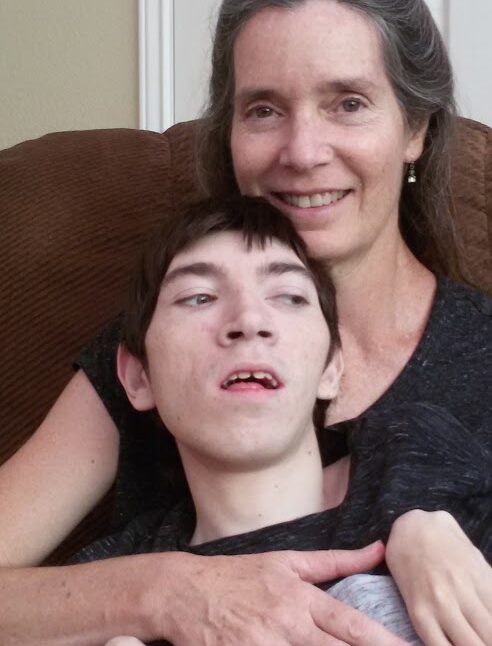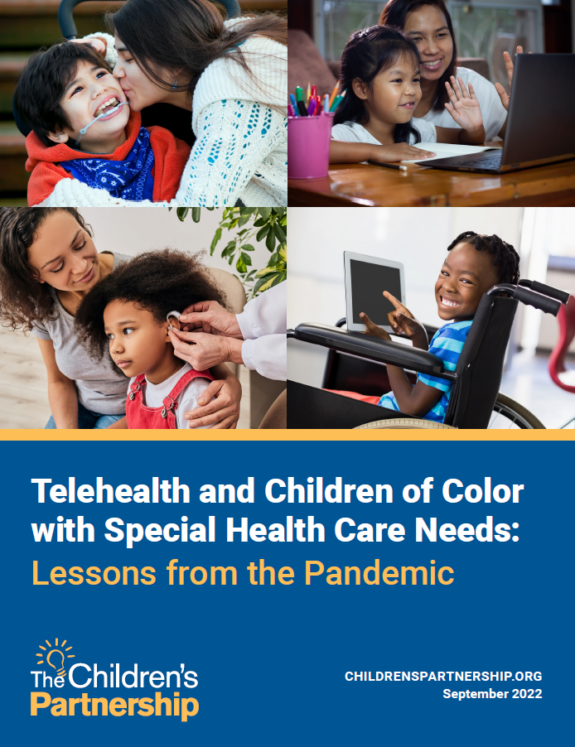I am a nurse who stayed home to care for my son, who suffered a catastrophic hypoxic event at birth, more than 24 years ago. He is cortically blind, functionally quadriplegic, non-verbal, profoundly delayed with severe scoliosis, and has superior mesenteric artery syndrome.
He is also spoon-fed, bladder-massaged, has fecal evacuations daily, daily chest physiotherapy, and lots of range-of-motion exercises. He has had pneumonia once, been hospitalized twice, and been on hospice twice. Diligent positioning for feeds has avoided aspiration; scheduled elimination has avoided urinary tract infections.
Despite all of this, he has never qualified for nursing care at home because he doesn’t use a catheter or a suction machine, and his seizure activity is controlled by several medications. Having been a nurse for 13 years before his birth, I had skills to bring to the situation, but it is still very challenging.
All this is to say that I have trained a lot of caregivers through the years and I feel strongly that we need to shift the paradigm of what skilled nursing looks like and how best to execute it. There are simply not enough nurses to care for these individuals, and the parameters for qualifying do not match up with the actual care needs.
I believe we can train a workforce to excel at certain competencies related to patients who need in-home care, as well as those in residential facilities. Skill sets could be learned, certified, and compensated accordingly. This will increase job satisfaction and lessen turnover. Nurses could and would be used as care team members, where they actually must have the pulse of each one of their clients on a weekly basis so that they can be supervisory as well as be technically capable.
If we cannot provide nursing care, we can at least aim for nursing-caliber care by raising the bar for direct care providers. It is very hard to figure out what is medically or emotionally awry with your child until symptoms manifest, but there are a lot of clues along the way. Better ways of troubleshooting at home will decrease hospitalizations and create a more stable baseline.
In a better world, this kind of care would allow more people to stay in their homes, make any hospital discharges more likely to succeed, and speak to some of the challenges in a residential facility, should that be the point of care.
So who will take this on? That is the $64,000 question. The hope would be that Medicaid would pay for these trained individuals, but the paradigm cannot and will not shift until there is better evidence of its success. My vision for that is a respite/transition/community center affiliated with a hospital or large nonprofit organization that would implement this model as a part of its overall scope of care. The ensuing positive outcome for patients, families, and health care professionals serving this population would be the catalyst for a change in the current Medicaid/insurance paradigm.
Elder care faces this same dilemma. I don’t see Medicare or Medicaid shifting their definition of this care from “custodial” (in reality, it is anything but) to nursing, as the latter would be too expensive. We can, however, shift the paradigm with care and thought to benefit these children, the residential facilities that care for them, and the families who are trying to work, raise other children, and keep a foot in the “regular” world.
See also: Teaching In-Home Caregivers Seems To Pay Off
Diane Stonecipher is a registered nurse based in Austin, TX.



